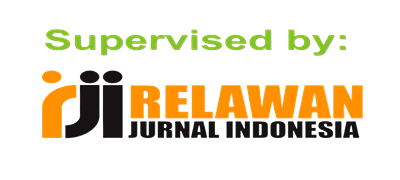PENGARUH PENGGUNAAN HORMON GIBERELIN DAN PUPUK KOMPOS TERHADAP PERTUMBUHAN TANAMAN TOMAT (Solanum lycopersicum L.)
DOI:
https://doi.org/10.62734/be.v4i1.241Abstract
Tomato plants (Solanum lycopersicum L.) are one type of horticultural plant that has many benefits. The lack of maximum growth and productivity of tomato plants is due to various factors, such as the level of soil fertility, erratic climatic conditions, and pest attacks. One of the efforts to improve soil fertility is by fertilizing organic fertilizers. The use of organic fertilizers in addition to reducing the impact of environmental pollution due to the use of chemical fertilizers can also increase soil microorganisms which are very beneficial in providing soil nutrients and improving the environment. The next effort to increase the growth and production of tomatoes is through the provision of growth regulators (ZPT). One of the ZPT that functions to stimulate plant growth is Gibberellin. Gibberellin stimulates the division and enlargement of plant cells from germination to adult plants. The results showed that the application of gibberellin and organic fertilizer had no significant effect on the growth of tomato plant height, with the acquisition of F count (0.27) and smaller than F table 5% (0.77). The application of gibberellin hormone and organic fertilizer has an effect on the number of tomato fruits, with the acquisition of F count (9.07) greater than F table 5% (0.77). The obstacle in this research is that the plants are attacked by various diseases and pests during growth so that the measured changes do not reflect the conditions when the plants are measured in healthy and normal growing conditions
Downloads
Downloads
-
PDF (Bahasa Indonesia)
 Abstract
View: 367,
Abstract
View: 367,
 PDF (Bahasa Indonesia)
Download: 345
PDF (Bahasa Indonesia)
Download: 345
Published
How to Cite
Issue
Section
License
Copyright (c) 2024 Moh. Agus Tori Tori, Magdalena Putri Nugrahani Nugrahani

This work is licensed under a Creative Commons Attribution-ShareAlike 4.0 International License.




